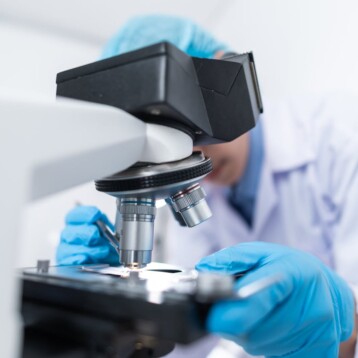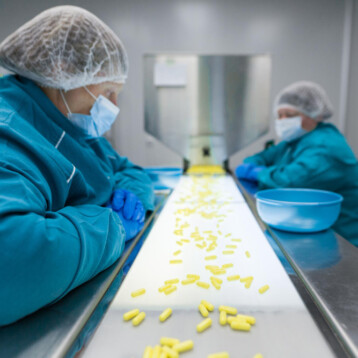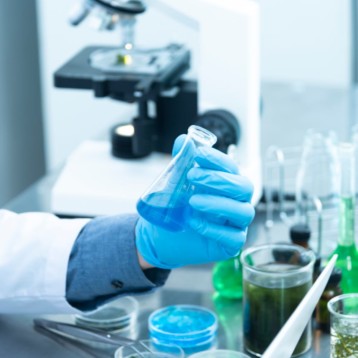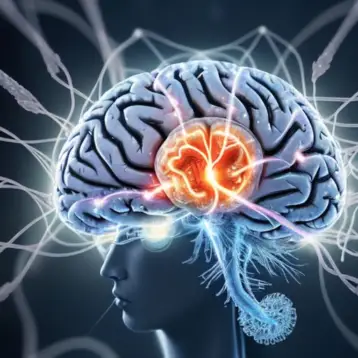|
The group, led by Professor Matthew Vander Heiden of MIT’s new David H. Koch Institute for Integrative Cancer Research, focused their research on the way cells convert sugar into energy. Normal cells convert glucose into energy in two stages, glycolysis and extraction. Glycolysis converts glucose into energy while extraction forms that energy into packets called ATP which are used to power normal cell functions. Cancer cells only perform glycolysis and do not complete the second stage of the standard process. This study examines glycolysis and how it differs for cancerous cells compared to regular cells.
The last stage of glycolysis converts a compound called PEP into an enzyme called pyruvate kinase or PKM. Previous research proved that cancer cells create a different form of this enzyme. Vander Heiden’s research shows that the conversion from PEP into the alternate form of PKM occurs at a slower rate than the similar process in normal cells. This leads to a buildup of excess PEP in the cells which activates another enzyme called PGAM which in turns triggers more glycolysis which in turn causes an even larger buildup of PEP, causing more glycolysis and so on in a feedback loop. The loop causes a buildup of other chemicals uses in the glycolysis process including a compound called 3-phosphoglycerate. This compound can initiate DNA production forming the basis of new cancer cells.
The team is experimenting with several drugs that make the PKM more active to circumvent the feedback loop and stop the growth of new cancer cells. These tests are in the very early stages of testing with laboratory mice and no results are available yet.
TFOT previously reported on other cancer research studies and treatments including an implantable cancer vaccine proven successful in mice, the use of gold nanorods to detect and treat cancer, a plant virus that delivers drugs to cancer cells without harming nearby healthy tissue, and experimental blood tests capable of detecting cancer in its very earliest stages.
Read more about Dr. Vander Heiden’s research in this MIT press release.











